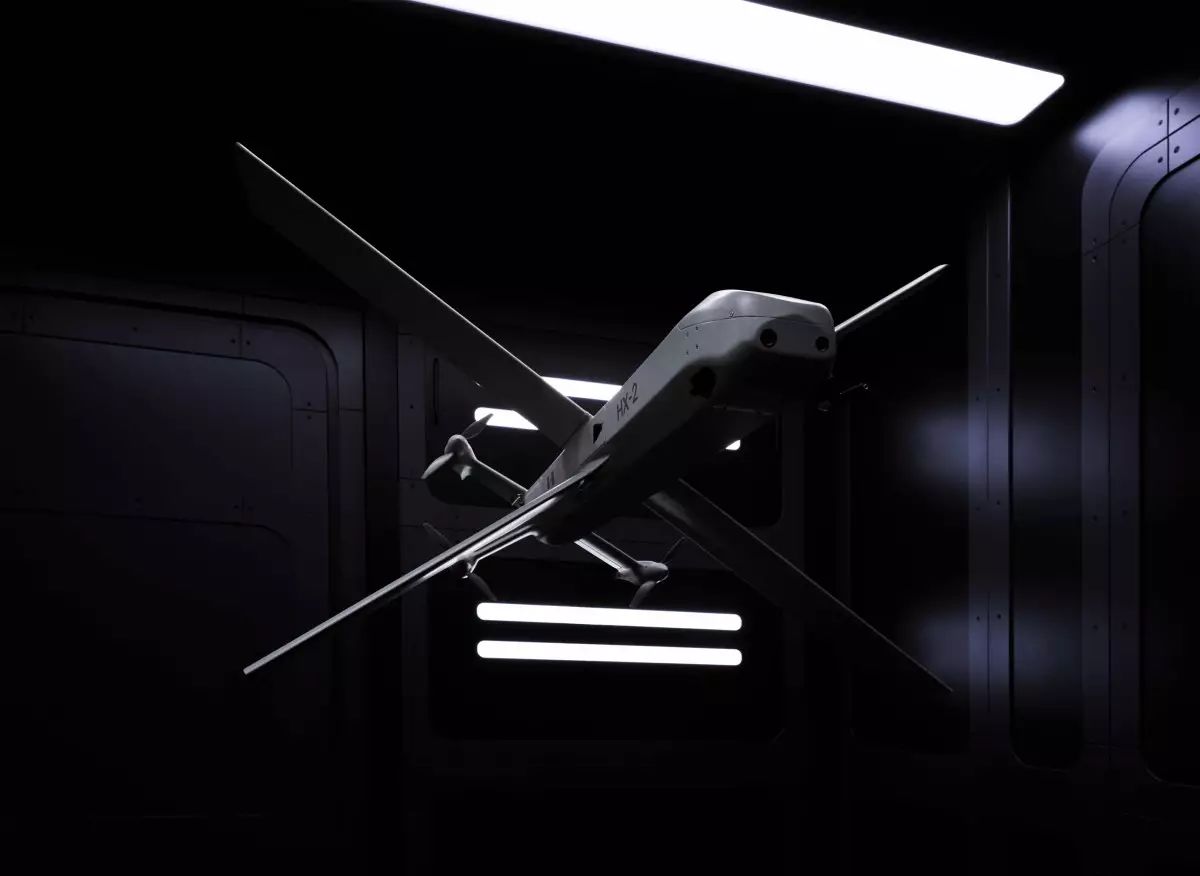Helsing, an emerging player in defense technology and backed by prominent investors including Spotify’s Daniel Ek, is rapidly redefining the landscape of military technology with its ambitious production of strike drones. The company’s recent commitment to manufacture 6,000 HX-2 kamikaze drones is a direct response to Ukraine’s urgent need for advanced weaponry amidst ongoing conflict. This move comes at a significant time, following the recent discussions between U.S. President Donald Trump and Russian President Vladimir Putin aimed at negotiating peace in Ukraine. Such geopolitical shifts inevitably raise questions about the longevity of the conflict and the continued demand for advanced military solutions like those offered by Helsing.
Helsing’s transition from a software-focused startup specializing in artificial intelligence to one of the world’s leading manufacturers of strike drones marks a substantial pivot in its business model. Co-founder Gundbert Scherf highlights this leap, stating that the company’s new focus aligns with market demand and the complexities of modern warfare. The HX-2 drone not only incorporates advanced AI technologies but is also designed for mass production—an essential factor for military applications where the scale of deployment can drastically influence battlefield outcomes.
While the HX-2 is a sophisticated addition to Helsing’s product line, it is essential to recognize its roots in the dramatically changing nature of warfare. The rise of drone technology has proven pivotal for Ukraine in its fight against Russian forces, enabling precision strikes and effective tactical advantages despite numerical and technological disparities. Notably, the development of first-person-view (FPV) kamikaze drones showcases the ability of human-operated drones to engage in targeted strikes, thus revolutionizing strategies for drone warfare.
The strategic integration of AI into the HX-2 drones offers significant operational enhancements. By allowing drones to identify and engage targets autonomously—especially in scenarios where communication channels may be compromised—Helsing’s technology represents a leap towards higher functionality. However, the potential for scalable production emphasizes another critical aspect: cost-efficiency. While competitors like AeroVironment provide advanced drone options, Helsing is banking on a scalable production model that aims to keep costs low while maximizing output. This hybrid model of engineering places substantial importance on software capabilities, as articulated by co-founder Niklas Köhler, emphasizing the organization’s focus on solving complex software challenges rather than merely assembling sophisticated hardware.
Helsing’s plan to construct “Resilience Factories” across Europe illustrates a strategic response to national defense requirements for local sourcing and workforce engagement. By decentralizing production, the company not only caters to local supply chain demands but also addresses the sovereignty concerns of various governments keen on producing military assets domestically. The operationalization of the first factory in Southern Germany, with the capacity to adapt manufacturing rates to meet wartime needs, further cements Helsing’s commitment to responsive and responsible defense production.
This approach plays not just into the needs of the current geopolitical climate, but also positions Europe as a burgeoning defense power amid escalating security concerns. As highlighted in a recent report by Dealroom and the NATO Innovation Fund, Germany is poised to lead Europe in defense funding, with Munich emerging as a critical hub. Helsing’s significant Series C funding of $487 million showcases the confidence investors have in the company’s potential to disrupt the market through innovation and strategic alignment with broader geopolitical imperatives.
In light of these advancements, Helsing’s partnership with French AI powerhouse Mistral indicates a commitment to establishing Europe as a primary actor in the global defense narrative. As articulated by Scherf, the future stability and success of Europe rely heavily upon developments in AI and defense technology. Through innovative products like the HX-2 drone and strategic manufacturing initiatives, Helsing is not just advancing its own interests but potentially shaping the landscape of European defense and international security.
Helsing stands at the forefront of a rapidly evolving military technology sector, strategically leveraging AI to enhance operational capabilities of its drone systems. As it moves forward, the implications of its innovations may redefine warfare, bolster regional defense strategies, and position Europe as a leading force in global security dynamics. The road ahead is fraught with challenges, but Helsing’s approach embodies a forward-thinking mindset that is critical in the current geopolitical climate.

